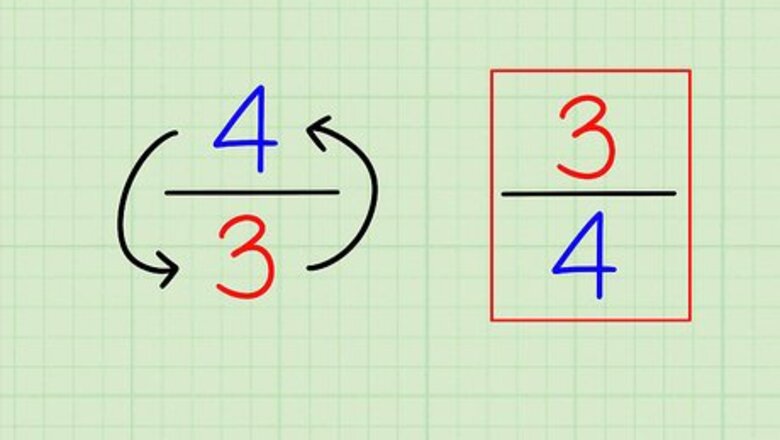
views
Finding the Reciprocal of a Fraction or Whole Number
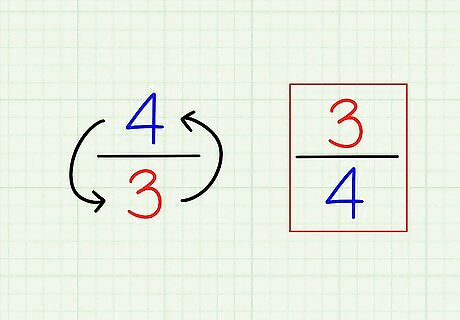
Find the reciprocal of a fraction by flipping it. The definition of "reciprocal" is simple. To find the reciprocal of any number, just calculate "1 ÷ (that number)." For a fraction, the reciprocal is just a different fraction, with the numbers "flipped" upside down (inverted). For instance, the reciprocal of /4 is /3. Any number times its reciprocal will give you 1.
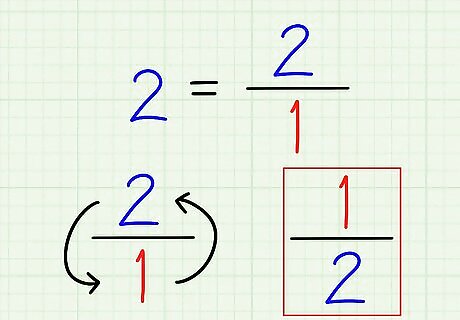
Write the reciprocal of a whole number as a fraction. Again, the reciprocal of a number is always 1 ÷ (that number). For a whole number, write that as a fraction; there's no point in calculating it out to a decimal. For instance, the reciprocal of 2 is 1 ÷ 2 = /2.
Finding the Reciprocal of a Mixed Number
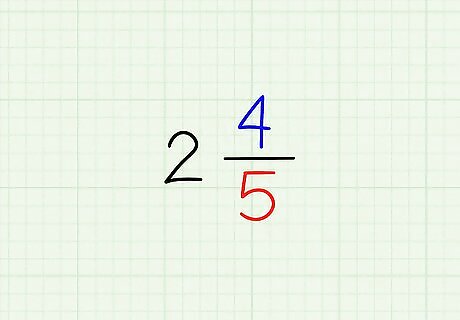
Identify a mixed number. Mixed numbers are part whole number and part fraction, such as 2/5. There are two steps to finding the reciprocal of a mixed number, explained below.
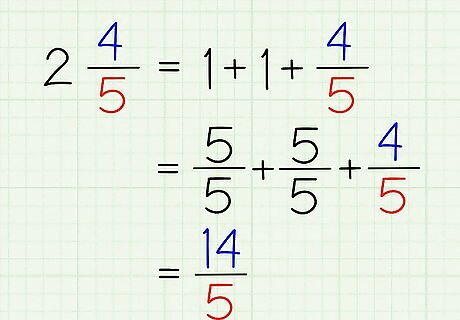
Change it to an improper fraction. Remember, the number 1 can always be written as (number)/(the same number), and fractions with the same denominator (lower number) can be added together. Here's an example with 2/5: 2/5 = 1 + 1 + /5 = /5 + /5 + /5 = /5 = /5.
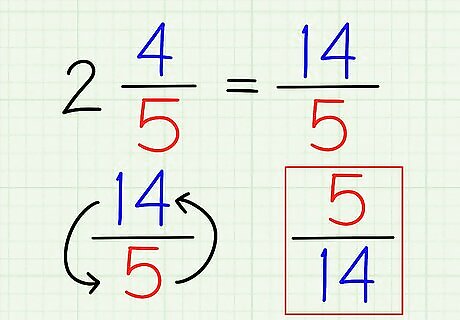
Flip the fraction. Once the number is written entirely as a fraction, you can find the reciprocal just like you would with any fraction: by flipping it. In the example above, the reciprocal of /5 is /14.
Finding the Reciprocal of a Decimal
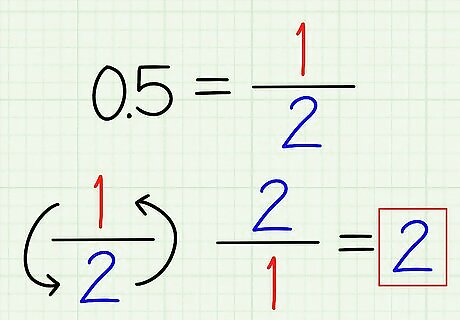
Change it to a fraction if possible. You might recognize some common decimal numbers that can easily be turned into fractions. For instance, 0.5 = /2, and 0.25 = /4. Once in fraction form, just flip the fraction to find the reciprocal. For instance, the reciprocal of 0.5 is /1 = 2.
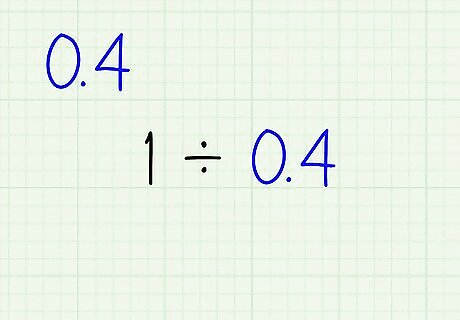
Write out a division problem. If you can't change it to a fraction, calculate the reciprocal of that number as a division problem: 1 ÷ (the decimal). You can use a calculator to solve this, or continue on to the next step to solve it by hand. For example, you can find the reciprocal of 0.4 by calculating 1 ÷ 0.4.
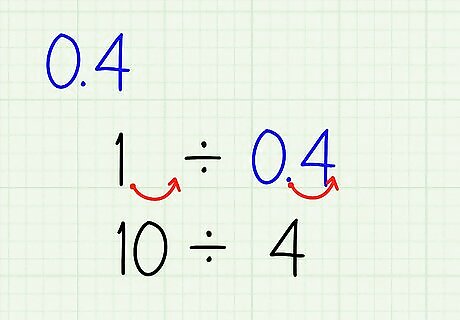
Change the division problem to use whole numbers. The first step to dividing decimals is to move the decimal point until all the numbers involved are whole numbers. As long as you move the decimal point the same number of spaces for both numbers, you'll get the correct answer. For example, you can take 1 ÷ 0.4 and rewrite it as 10 ÷ 4. In this case, you've moved each decimal place one space to the right, which is the same as multiplying each number by ten.

Solve the problem using long division. Use long division techniques to calculate the reciprocal. If you calculate it for 10 ÷ 4, you'll get the answer 2.5, the reciprocal of 0.4.


















Comments
0 comment